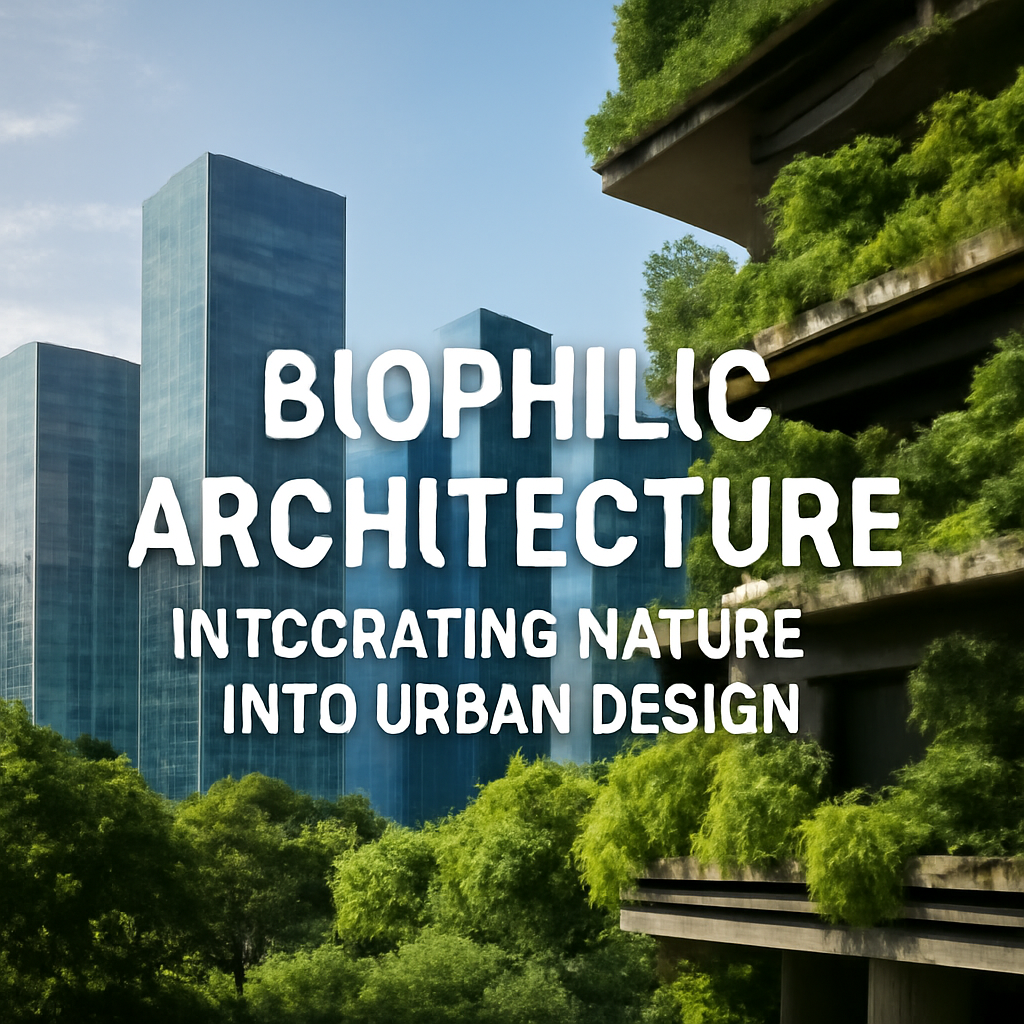Location
Mount Vernon, WA 98274
Location
Mount Vernon, WA 98274

As urban areas continue to expand, the integration of natural elements into architectural design has become increasingly vital. Biophilic architecture not only enhances aesthetic appeal but also promotes mental well-being and sustainability in city environments.
Urbanization often leads to concrete jungles, leaving little room for greenery and nature. However, a new trend is emerging in architecture known as biophilic design. This approach emphasizes the connection between humans and nature, promoting environments that foster well-being and sustainability.
Biophilic architecture incorporates natural elements into buildings and urban spaces. From green roofs and living walls to water features and natural light, these designs aim to create a harmonious relationship between architecture and the natural world. Recent studies show that exposure to nature can reduce stress, enhance mood, and improve overall health, making biophilic design not just beneficial, but essential for urban living.
One notable example is the Bosco Verticale (Vertical Forest) in Milan, Italy. This pair of residential towers is adorned with over 9,000 trees and 20,000 plants, creating a micro-ecosystem that fosters biodiversity within the city. The project not only provides residents with stunning views and a unique living experience but also helps to purify the air and reduce urban heat.
Moreover, cities like Singapore have embraced biophilic principles in their urban planning. The Gardens by the Bay project showcases how integrating green spaces into urban settings can enhance both aesthetics and functionality. This initiative has transformed the city into a vibrant ecosystem, attracting tourists and improving the quality of life for residents.
While the aesthetic and health benefits are significant, biophilic architecture also plays a crucial role in sustainability. It promotes energy efficiency through natural ventilation and reduced reliance on artificial lighting. Additionally, urban green spaces help manage stormwater and mitigate the urban heat island effect, contributing to more resilient cityscapes.
As cities around the world grapple with challenges such as climate change and population growth, the adoption of biophilic design stands out as a progressive solution. Urban planners and architects are increasingly recognizing that integrating nature into urban environments is not just a trend, but a necessity for fostering healthier, more sustainable communities.